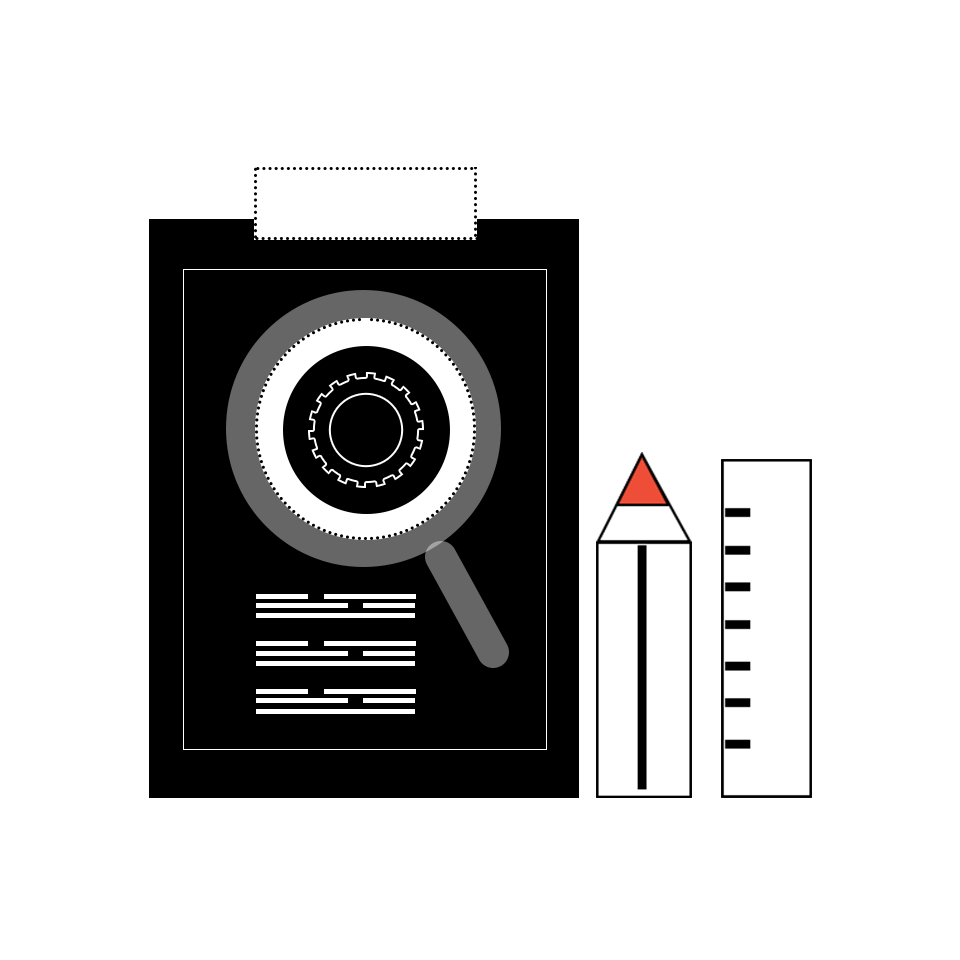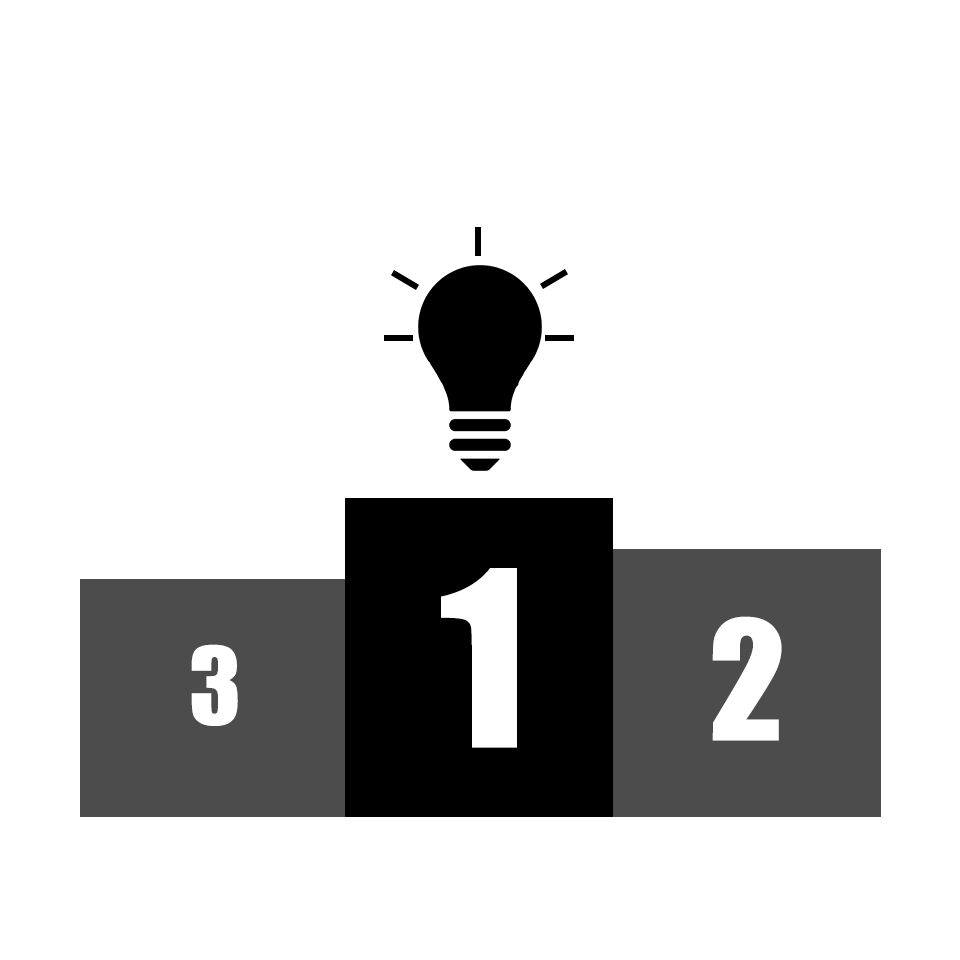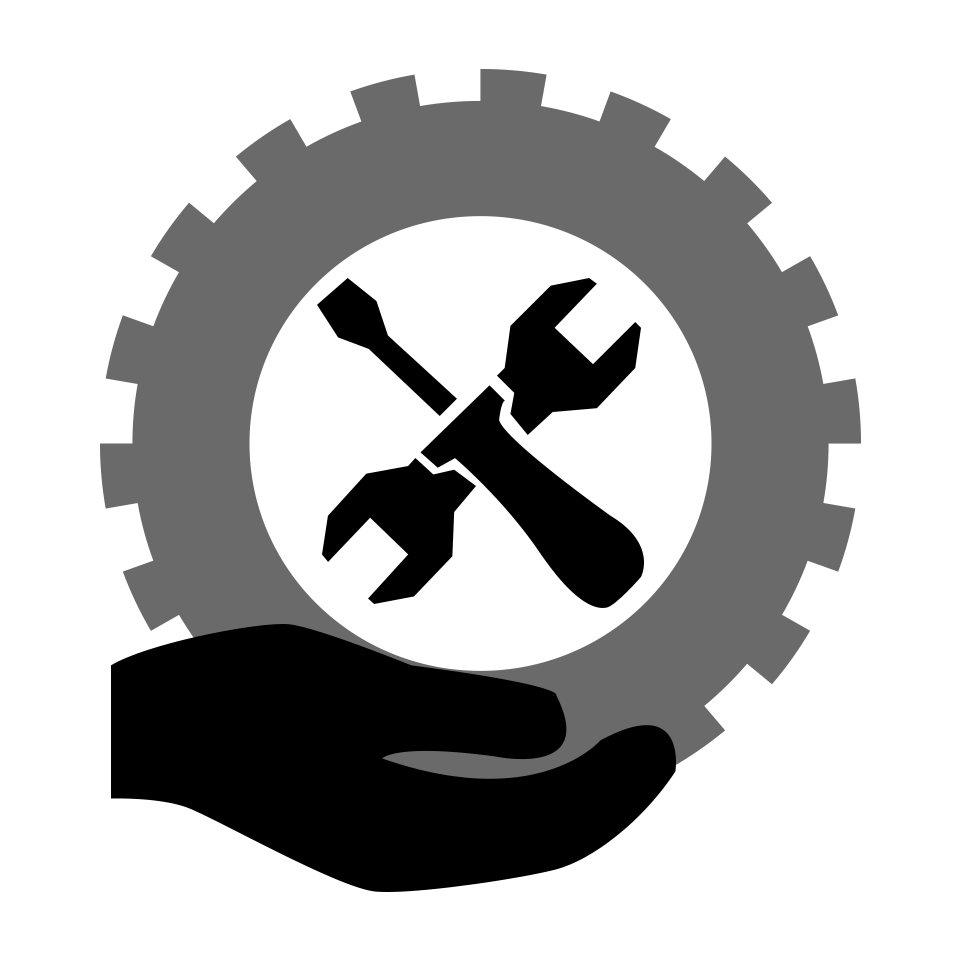The TI India Innovation Design Contest’s deadline is coming up in just a few days! Here are a few a quick tips and tricks to fine tune your proposal before you hit send!
Conclusion: While this task may seem colossal, a good proposal is always flexible and can be edited to suit the needs of the team. Best of luck to all teams entering!








